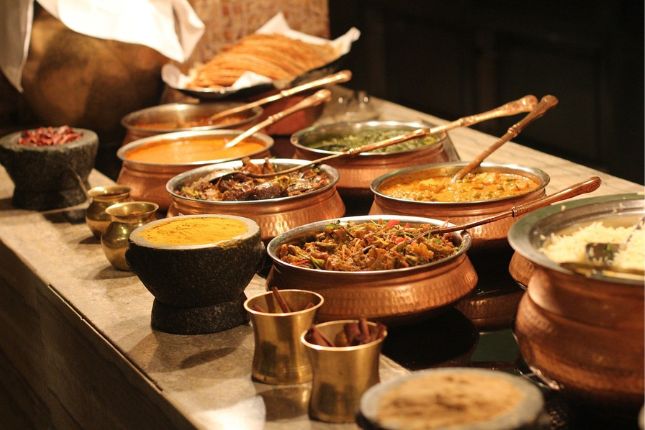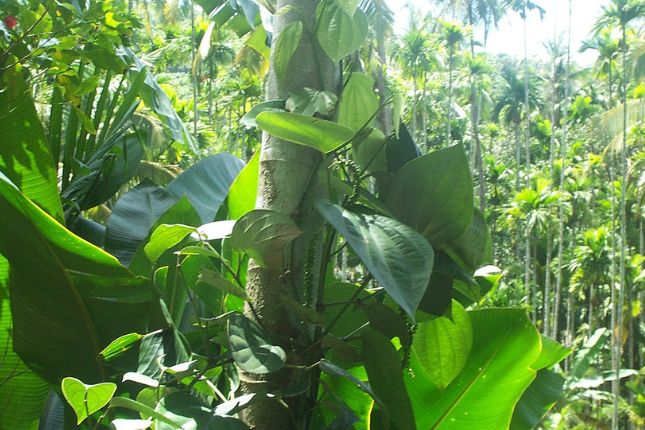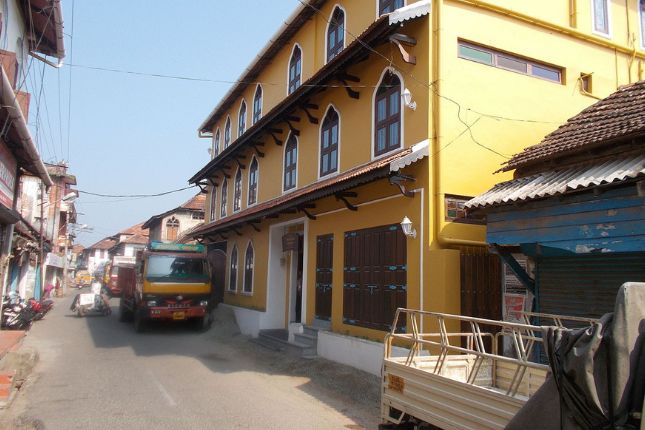Kerala’s Spice Route: Aromatic Journey through the Land of Spices
Kerala, a tropical paradise nestled on the southwestern coast of India, is renowned for its rich cultural heritage, picturesque landscapes, and abundant spice plantations. For centuries, Kerala has been a significant hub on the historic Spice Route, attracting traders and explorers from across the world.

Embarking on a fragrant voyage through Kerala’s spice-scented realms takes us back in time to the era when the region played a pivotal role in the global spice trade. This article invites you to join us on an aromatic journey through the enchanting land of spices.
Historical Significance
The Spice Route, also known as the Maritime Silk Road, was an ancient network of maritime trade routes that connected the East with the West. Kerala, with its strategic location along the Arabian Sea, became a focal point of this transcontinental trade. The region’s favorable climatic conditions, fertile soil, and expertise in spice cultivation made it a sought-after destination for traders seeking exotic spices such as pepper, cardamom, cinnamon, and cloves.
The Arrival of Explorers
Kerala’s fame as the “Land of Spices” attracted explorers like Vasco da Gama, who sailed from Portugal in search of the fabled Malabar Coast. The arrival of the Europeans not only opened new avenues of trade but also led to a significant exchange of cultures and ideas. Kerala’s spices became highly prized commodities in the global market, and traders from Europe, Arabia, and China established flourishing trade relationships with the local merchants.
Spice Plantations and Biodiversity

Kerala’s fertile soil and equable climate create ideal conditions for cultivating a wide range of spices. The region’s diverse topography, ranging from the lush Western Ghats to the serene backwaters, supports an array of spice plantations. Pepper, known as the “King of Spices,” thrives on the hills of Wayanad, while the fragrant cardamom finds its sanctuary in the mist-clad plantations of Munnar. The tranquil town of Kumily is renowned for its sprawling cinnamon and clove estates.
Cultural Significance
The prominence of spices in Kerala’s history and culture is evident in its culinary traditions and Ayurvedic practices. Kerala’s delectable cuisine, characterized by the ingenious use of spices, tantalizes the taste buds and offers a harmonious blend of flavors. Traditional Ayurvedic therapies, deeply rooted in the use of medicinal spices, continue to be practiced in the region, attracting wellness seekers from around the world.
The Spice Route Today

Although the historical significance of the Spice Route has diminished, Kerala’s spice trade thrives to this day. The state continues to be a major producer and exporter of spices, contributing significantly to India’s spice industry. Visitors can explore spice plantations, participate in interactive tours, and learn about cultivation and processing techniques. The spice markets of Kochi, such as the historic Mattancherry Spice Market, remain vibrant hubs where one can witness the bustling trade of aromatic treasures.
Conclusion
Kerala’s Spice Route not only offers a sensory journey through a treasure trove of flavors but also provides a glimpse into the region’s illustrious past. The aromatic landscapes, spice plantations, and cultural traditions weave together an enchanting tale of Kerala’s enduring relationship with spices. As you embark on this aromatic voyage, prepare to be captivated by the flavors, scents, and stories that continue to make Kerala a cherished destination for spice enthusiasts and cultural explorers alike.
